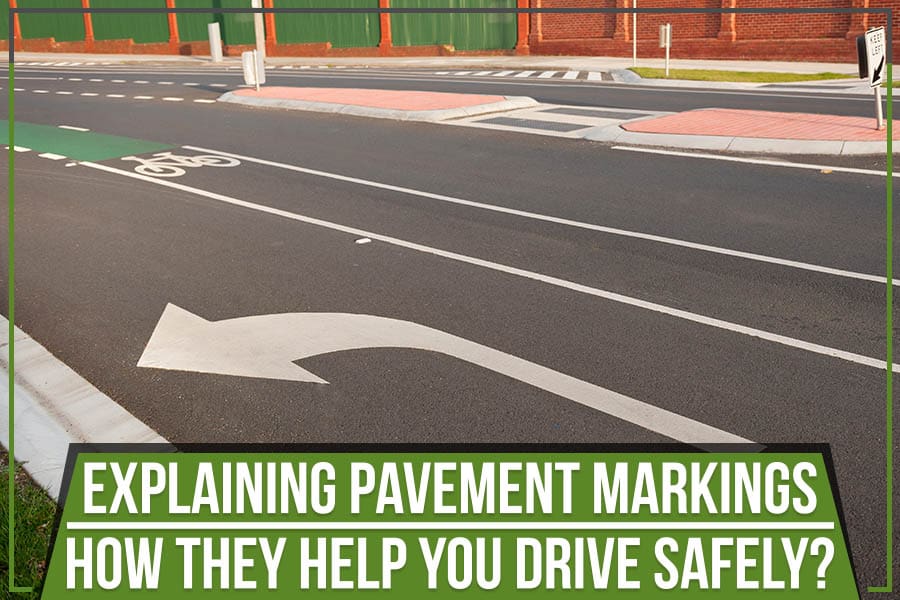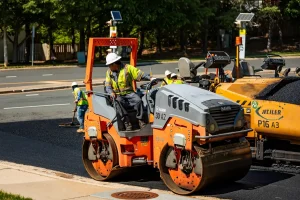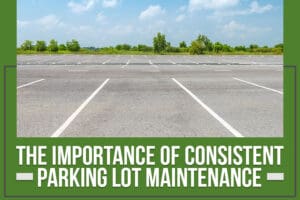- Updated August 20, 2025
How well do you know your pavement markings? It might be surprising to learn the different types of markings and what they mean. This blog post discusses different markings and explains how to drive safely following them.
Types of Pavement Markings and Their Meanings
White Lane Markings: Lane Boundaries & Safety
White pavement markings indicate the lanes on a roadway. They can be solid or broken lines, and they help drivers stay within their lane.
Yellow Lane Markings: Dividing Opposite Traffic
Yellow lines show the traffic going in the opposite direction on a two-way street. A solid yellow line beside a disjointed yellow line means that passing is only allowed if there is no oncoming traffic. If you notice a double solid yellow line, passing is not allowed.

Multilane Roads & Two-Way Streets
Markings on multilane and two-direction roads are different from those on one-way streets. Multilane roads have a disjointed white line down the center of each lane. The broken lines indicate that drivers can change lanes if it is safe. The pavement will also be marked with solid white lines next to each lane, which indicates that drivers should not change lanes except to pass or turn.
No-Passing Zones on Two-Lane Roads
These pavement markings are used on two-lane roads with traffic flowing in both directions. The road’s center is marked with a double solid yellow line. This means that passing is not allowed except when it is safe.
Restricted Lanes
Multilane roads also have pavement markings that indicate which lanes are restricted. For example, a road with three lanes may have a sign that says, “right lane must turn right.” This means that the pavement is marked with a solid white line next to the right lane, and drivers in this lane must turn right at the next opportunity.
Pavement Markings for Safety Zones
Railroad Crossings
Pavement markings are also used to warn drivers of railroad crossings. The pavement is marked with a series of white lines that form an “X” shape. This warns drivers to slow down and be prepared to stop if a train is coming.
School Zones
School zones are another place where pavement markings keep drivers safe. These zones will have a series of white lines that form a “W” shape. This warns drivers to slow down and be extra cautious in these areas.
Handicap Parking Areas
Pavement markings are also used to designate handicap parking spaces. These spaces will have a blue background with a white wheelchair symbol. This is to let drivers know that these spaces are reserved for those with a handicap placard or license plate.
No Parking Zones
There are also pavement markings that designate no parking areas. These areas will have a series of white lines that form a “P” shape. The sign means drivers are not allowed to park in these areas.
Pavement Marking Services in Manassas, VA
The next time you’re out on the open road, take a closer look at the pavement markings. With some knowledge of what they mean, you can drive safely and more confidently. And when it comes time to repair or seal coat your pavement, Brothers Paving & Concrete is the company to call. We have years of pavement maintenance experience and are dedicated to providing our customers with quality craft in Arlington. Get a free estimate from our team today.



